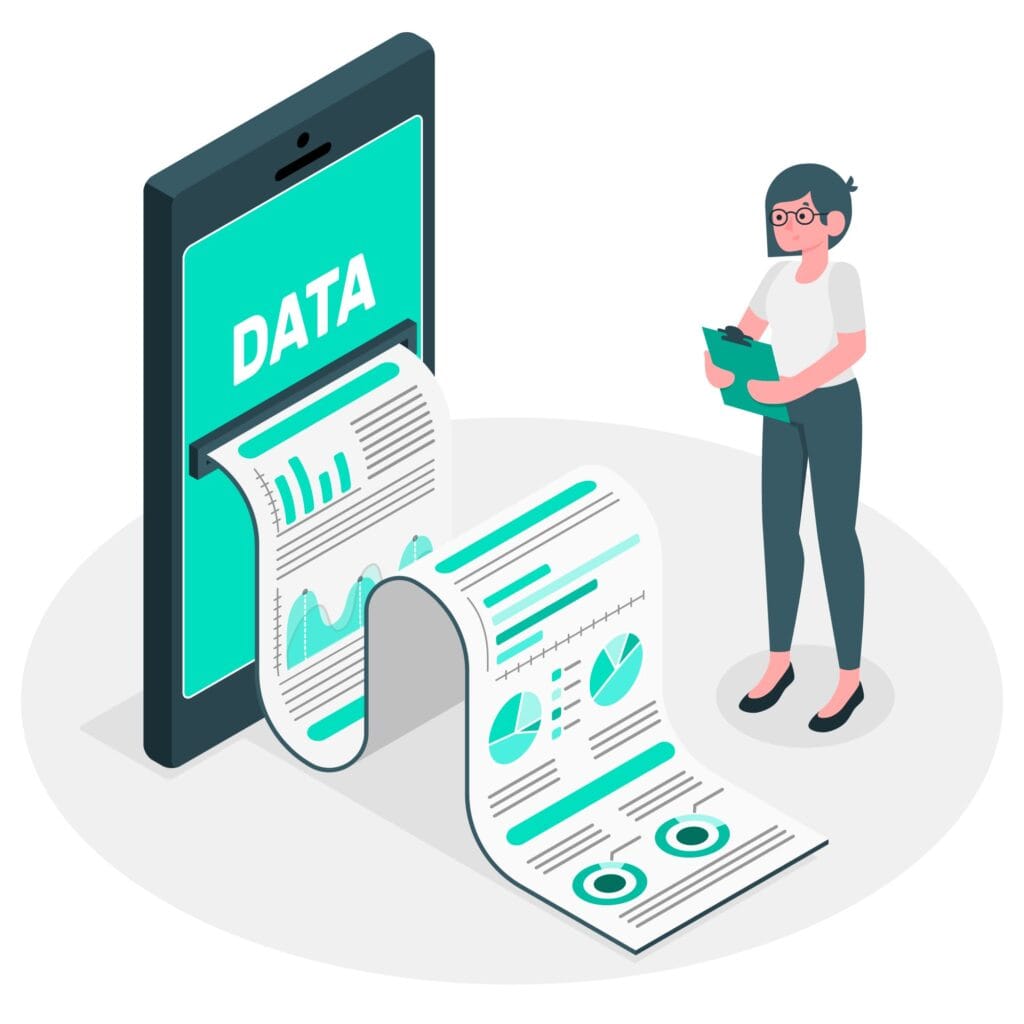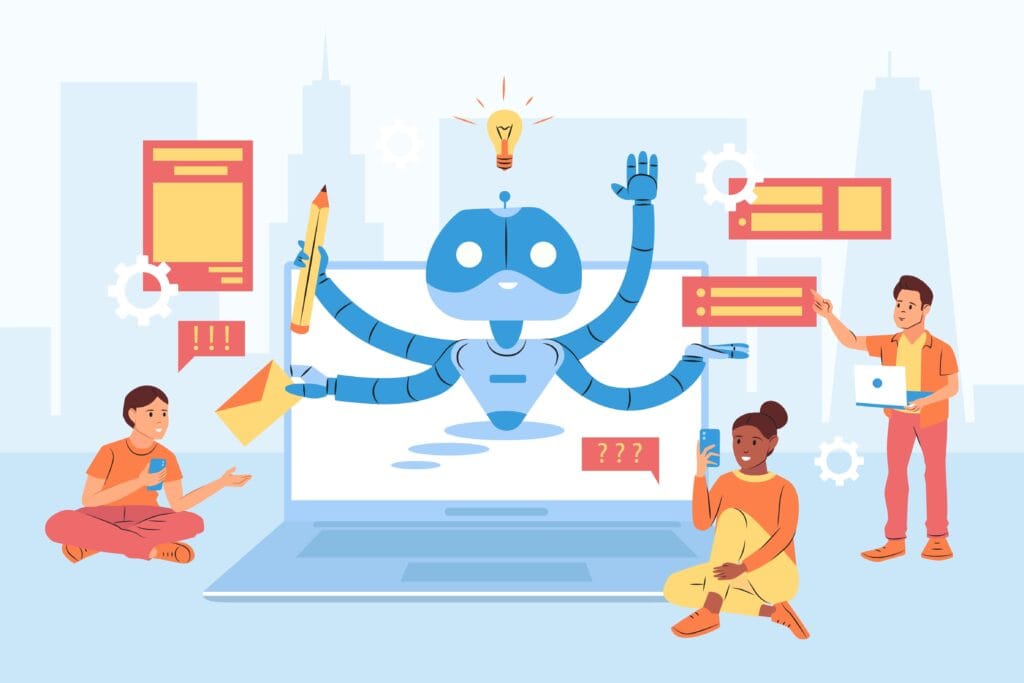The AI race is continuously going on in the digital world. The power of machines to learn anything is going beyond the limits. This world is using the power of ML to build multi-agent AI models. I will guide you through this amazing world of machine learning,
A Brief Intro to Machine Learning
It is a type of artificial intelligence (AI) that allow computers to learn from the given data and predict and make more accurate decisions from it. Regular software has a predefined set of instructions, but in Machine Learning computers use data to make decisions based on it.
Google provides free courses to get started with machine learning. Google Machine Learning Crash Course
Working of Machine Learning
A large amount of data is given to the computer to fetch information and insights from it. Then machine learning uses various algorithms to predict based on the given input. The amount of data is directly proportional to the accuracy of protection.
Let’s try to understand how it works under the hood by the example,
If you are building a model to predict whether a given picture is of a human or not, then you need to give thousands even millions of images to the machine learning model to learn about humans.
Types of Machine Learning
Supervised Learning

In this type of machine learning, computers learn from the labeled datasets. For example, a dataset contains male and female humans having labels on each image. Using this labeled data, the computer distinguishes between human males and females. This type of learning is super perfect but requires a huge amount of data, to increase the accuracy of prediction.
Organizations mostly use supervised learning to make business decisions based on the huge amount of data they have stored on the servers. Supervised learning is the very fast and accurate type of learning as compared to other types.
let’s move on to the next type.
Unsupervised Learning

In unsupervised learning, computers use unlabeled data to learn and try to identify the common patterns in the dataset.
For example, it tries to identify customers of similar interests, which later use to show ads to them. Google is the best example of this. It collects the data and shows you ads based on your past activity. The activity could be anything.
Reinforcement Learning

In Reinforcement Learning, computers learn from trial and error. It tries something and based on the feedback, it learns from its mistakes.
For example, You probably talked with chatbots, They try to give you the most related answers to your questions, but if you are unsatisfied with the answer they try to improve it. Which means it learns from the feedback received.
This type of learning is very slow but can be used to create personalized predictions.
Real-Life Use Cases of Machine Learning
We are surrounded by various AI agents which under the hood uses ML models. If we take the example of an auto-driving car, they also use various ML models to make decisions based on the input received from surrounding sensors.
- Movie Recommendations System: Netflix uses your app and movie-watching history to suggest movies of your interest. This helps Netflix to increase revenue by increasing the chances that you will watch the movie.
- Facial Recognition: Smartphones use this to recognize the individual. With deep learning this type of recognition is possible.
- Spam Mail Detection: Gmail moves spam emails to separate sections. This will keep customers away from fraud and increase trust in the product.
- Cancer Detection: In the medial domain, using the x-ray and other imaginary machines can now easily detect the cancer cells growing in the body. Earlier it was required highly experienced professional doctors to detect the stages.
Also Read, One-Stop Shop for Famous Company APIs: Documentation Made Simple



